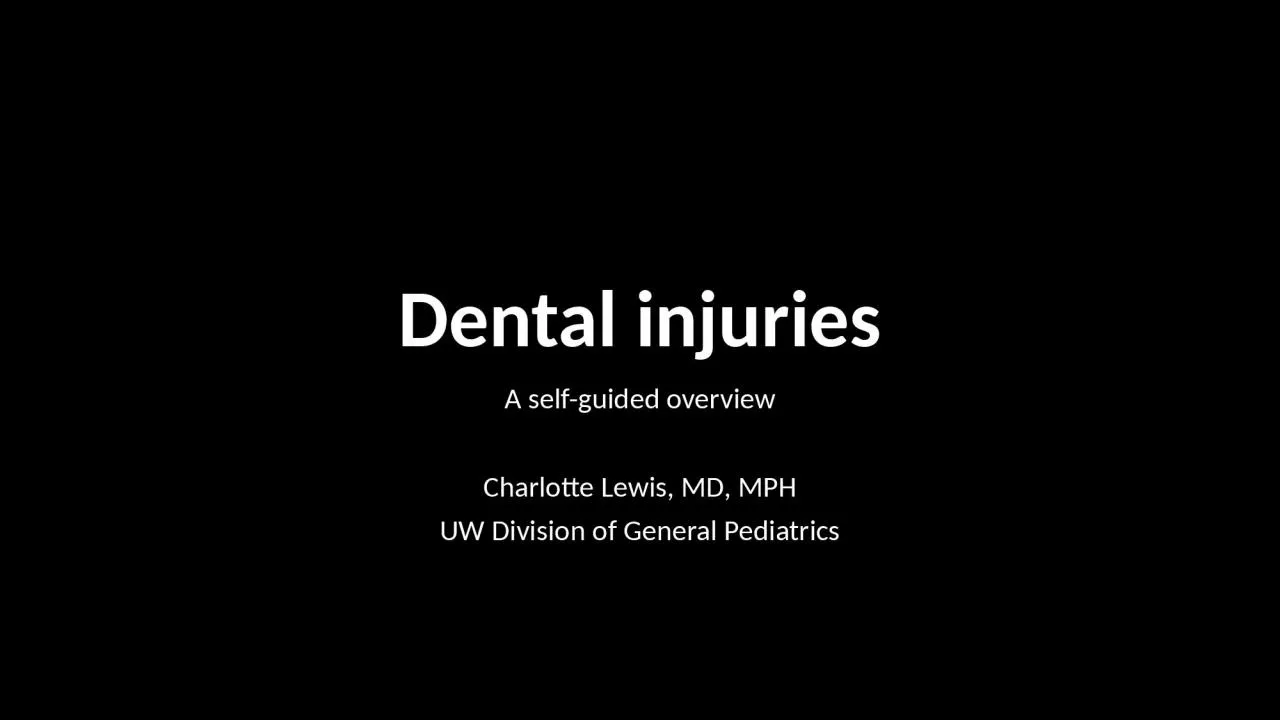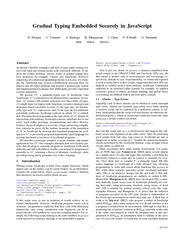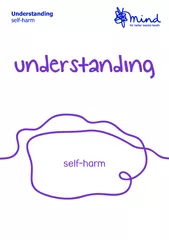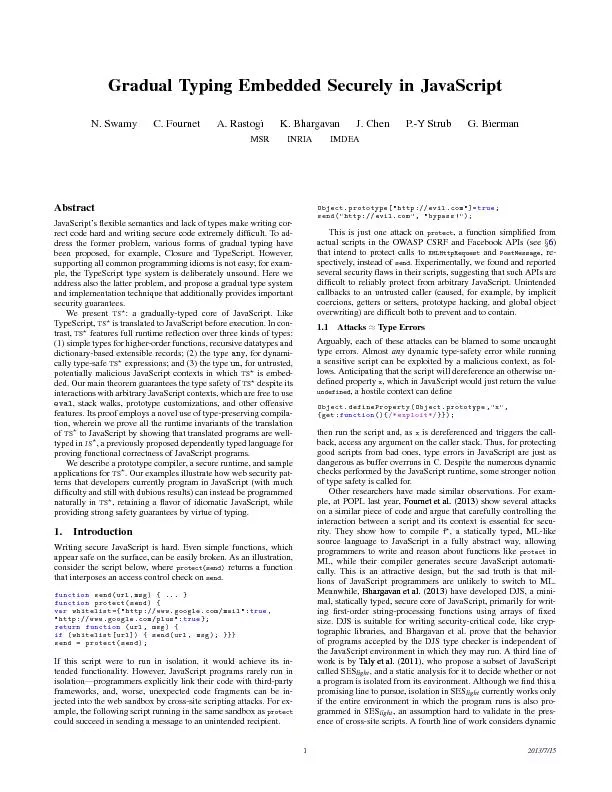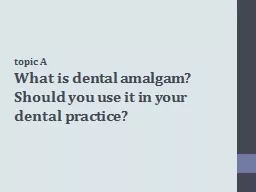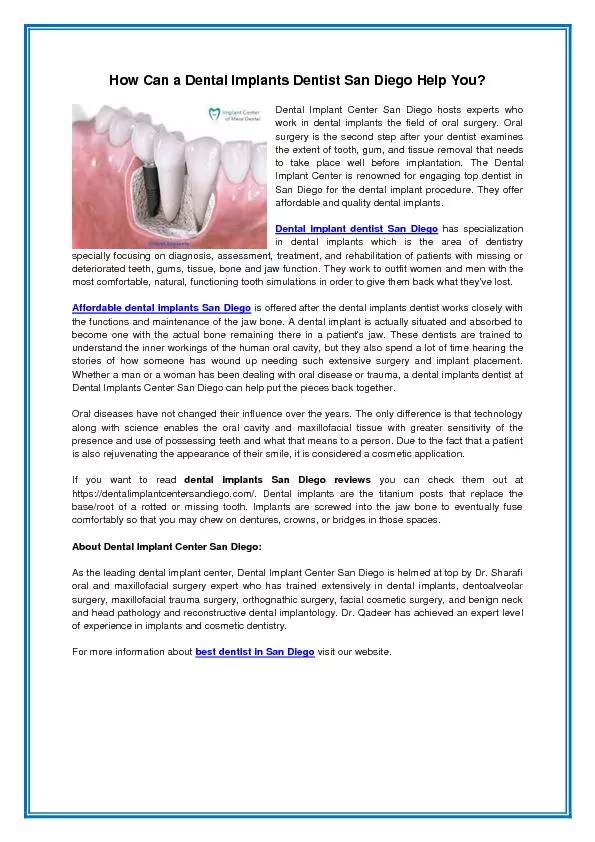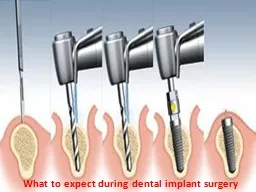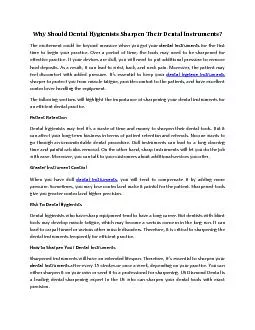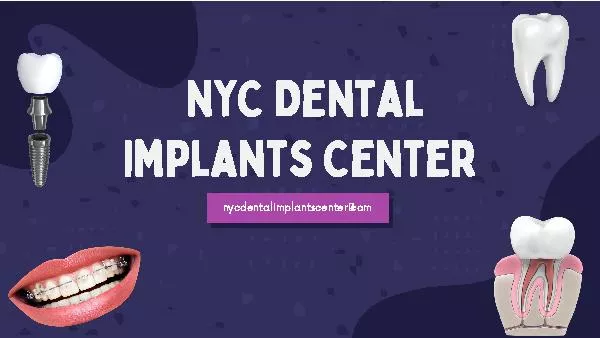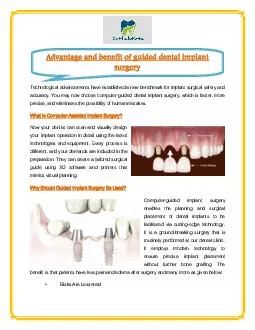PPT-Dental injuries A self-guided overview
Author : emmy | Published Date : 2023-05-19
Charlotte Lewis MD MPH UW Division of General Pediatrics Goals Provide an approach to trauma affecting the teeth and other oral structures Understand common injuries
Presentation Embed Code
Download Presentation
Download Presentation The PPT/PDF document "Dental injuries A self-guided overview" is the property of its rightful owner. Permission is granted to download and print the materials on this website for personal, non-commercial use only, and to display it on your personal computer provided you do not modify the materials and that you retain all copyright notices contained in the materials. By downloading content from our website, you accept the terms of this agreement.
Dental injuries A self-guided overview: Transcript
Download Rules Of Document
"Dental injuries A self-guided overview"The content belongs to its owner. You may download and print it for personal use, without modification, and keep all copyright notices. By downloading, you agree to these terms.
Related Documents

